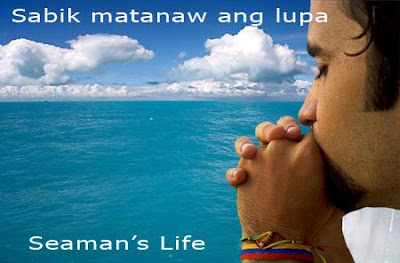
COC is the must have competency test for every man or woman wanted to work on board ship. It is a skill test of a kind of position that you’re aiming for to work with on board. I don’t know if how many are there positions TESDA have, but I think in every position there is a corresponding competency test.
Before you can take the assessment test, first you must complete the training course for MESSMAN. The training course is just a short course which only takes 4 days to complete. And the cost for this is around P2,000 up, really depend on the training center where you enrolled the course.
THE ASSESSMENT CENTER
There are many assessment centers that you can choose from to where you are going to take the competency test. And I believe that assessment centers have their own cost of payment. I heard that every center differ its test fee. I don’t know how true this is because I was not able to inquire from other centers.
The assessment center that I choose to take the test was at Blue Horizon Training Center. This is where also I complete the messman training course.
REQUIREMENTS IN TAKING THE TEST
For applicants in positions steward (chief), cook (chief, second/asst/cook), MESSMAN, waiter/waitress, bartender, housekeeping/cabin steward.
I. Performance (new)
1. 2 application forms (properly filled up)
2. 3 ID pictures Passport size, White background, White polo shirt with collar.
3. 2 copies of Medical Certificate – TESDA, DOH, POEA accredited, downloadable certification from TESDA, and valid for 3 months.
4. Training certificate on BASIC SAFETY COURSE/PSSR and messman course / stewarding course / culinary course (whichever is applicable)
5. If with work experience – Training certificate on: messman/stewarding/culinary course (whichever is applicable) – 2 copies.
6. Seaman’s Book (SIRB)
7. SRC – 2 copies.
II. TESDA FEE
Note: Bring all the original documents.
I paid P800 when I applied for the assessment test after filling up the 2 application forms together with the photocopies of all necessary requirements. After I pay the corresponding fee, I was then informed of the available exam schedule. After choosing an exam day, I was told to come back on my chosen schedule.









